1fnoise from the sequence of nonoverlapping rectangular pulses Aleksejus Kononovicius Bronislovas Kaulakys Institute of Theoretical Physics and Astronomy Vilnius University
2025-04-30
1
0
595.06KB
14 页
10玖币
侵权投诉
1/f noise from the sequence of nonoverlapping rectangular pulses
Aleksejus Kononovicius∗
, Bronislovas Kaulakys
Institute of Theoretical Physics and Astronomy, Vilnius University
Abstract
We analyze the power spectral density of a signal composed of nonoverlapping rectangular pulses. First,
we derive a general formula for the power spectral density of a signal constructed from the sequence of
nonoverlapping pulses. Then we perform a detailed analysis of the rectangular pulse case. We show that
pure 1/f noise can be observed until extremely low frequencies when the characteristic pulse (or gap)
duration is long in comparison to the characteristic gap (or pulse) duration, and gap (or pulse) durations
are power–law distributed. The obtained results hold for the ergodic and weakly nonergodic processes.
1 Introduction
Flicker noise, also 1/f noise or pink noise, is a phenomenon well–known for almost a century since it was first
observed by Johnson in a vacuum tube experiment [1, 2]. Since then power–law scaling in the power spectral
density of 1/fβform (with 0.5.β.1.5) has been reported in different experiments and empirical data sets
across varied fields of research [3–7], and, especially, in solids [8–10]. One of the peculiarities of 1/f noise is
that it is observed for low frequencies and no cutoff frequency has been observed in many cases, e.g., 300 years’
worth of weather data [11] or a three–week experiment with semiconductors [12], no cutoff frequency has been
observed [13]. In other cases, the cutoff frequency can be observed [14–16], but 1/f noise is still observed over
a broad range of frequencies.
Given observations in various research fields, one would expect that a general explanation of 1/f noise is
due. However, even after almost a century after discovery, there is no generally accepted model of 1/f noise.
There are numerous different modeling approaches some of them based on actual physical mechanisms within
the systems in question, while some approaches aspire to provide a more general explanation. Mathematical
literature is rich in true long–range memory models, such as fractional Brownian motion [17], ARCH family
models [18], and ARFIMA models [19]. In physics literature one most commonly will see 1/f noise being
obtained by appropriately summing Lorentzian spectra as in the McWorther model [20, 21]. Self–organized
criticality framework was also put forward as a possible explanation [22], as well as the memoryless nonlinear
response [23]. Our group has built various nonlinear stochastic processes to model 1/f noise in a variety of
scenarios and different modeling frameworks: autoregressive inter–event time point processes [21,24], stochastic
differential equations [25,26] and agent–based models [27]. For a detailed review of works by our group see [28].
Our group, as well as others, have observed that nonlinear transformations of Markovian stochastic processes
can lead to spurious long–range memory processes [29–32]. These are completely different approaches as the
true long–range memory models rely on nonlocal operators, while the models exhibiting spurious long–range
memory rely on locally nonlinear potentials, which often result in nonergodic or nonstationary behavior.
Here we will consider a different model, one which is not affected by the nonlinear transformations of amplitude
and thus reproduces 1/f noise not due to fluctuations in amplitude but due to temporal dynamics. The
approach we take here is most similar to renewal theory models [33], and random telegraph noise models, as we
∗email: aleksejus.kononovicius@tfai.vu.lt; website: http://kononovicius.lt
1
arXiv:2210.11792v5 [cond-mat.stat-mech] 14 Mar 2023
model a system which abruptly switches between two states (“on” and “off”). Thus the signal generated has the
characteristic look of a telegraph signal or pulse sequence [34]. In [35], Halford suggested that 1/f noise could
be modeled by a sequence of well–behaved perturbations with power–law distributed durations. Heiden [36]
considered a sequence of pulses, with the coupling between pulse amplitude, duration, and the gap duration, and
showed that for fixed time integral pulses (of any arbitrary shape) 1/fβnoise will be obtained when the pulse
duration is power–law distributed. In [37] an opposite problem was solved: reconstruction of pulse duration
distribution given power spectral density and the characteristic pulse shape. Schick and Verveen have reported
a grain flow experiment in which 1/f noise was observed with a low–frequency cutoff [14]. A theoretical model
of triangular pulse sequences was also proposed to explain the experimental results. The power spectral density
of a signal with “on” and “off” states was examined in [38]. The autocorrelation function of a random telegraph
signal with power–law distributed “on” and “off” durations was obtained in [39]. Exploration of the nonergodic
case has led to further exploration of age–dependence of observed statistical properties [40] and a proposed
solution to the cutoff paradox [13]. Theoretical and empirical analysis of 1/f noise in random telegraph–like
signals remains an active object of research (for more recent examples see [41–47]). In [48, 49] considered a
combination of the random telegraph–like dynamics turning the Poisson process on and off as an explanation
for 1/f noise in semiconductors. [50–53] have consider the random telegraph–like noise in the blinking quantum
dots experiments, in some cases leading to the prediction and experimental observation of the aging effects in
the power spectral densities. Therefore, this is a third kind of approach to the modeling of the long–range
memory phenomenon, which is local in the event–time space, but is observed as nonlocal due to the observation
occurring in the real–time space [26].
In this paper, we consider a sequence of nonoverlapping rectangular pulses and show that 1/f noise can be
obtained when gap durations are short in comparison to the characteristic pulse duration and are power–law
distributed. In Section 2 we provide a generalized derivation of an expression for the power spectral density of
the signal constructed from the sequence of nonoverlapping pulses. In Section 3 we examine the case when the
pulse and gap durations are sampled from the exponential distribution. In Section 4 we examine a case when
gap durations are sampled from a power–law distribution (bounded Pareto distribution is used for analytical
derivations and numerical simulation), and examine the conditions when pure 1/f noise can be observed. We
find that the range of frequencies over which 1/f noise is observed does nontrivially depend on the characteristic
duration of the pulses. In Section 5 we explore the implications of finite observation time on the reported results,
which yields a weakly nonergodic process exhibiting 1/f noise with low–frequency cutoff observable only for the
extremely low frequencies. A summary of the obtained results is provided in Section 6.
2 Power spectral density of the sequence of nonoverlapping pulses
We investigate a stochastic process generating a sequence of nonoverlapping pulses with random durations θk.
The pulses are separated by gaps of random duration τk. In the general case this stochastic process generates
a signal which is given by a sum over all pulse profiles Ak(t)when the respective pulse occurs at time tk:
I(t) = X
k
Ak(t−tk).(1)
Note that, we assume that Ak(s)may have nonzero values only during the pulse. Before the pulse starts, s < 0,
and after the pulse ends, s>θk,Ak(s)is assumed to be zero. The truncation of pulse profiles and the gaps
between the pulses ensure that the pulses never overlap or touch. As the pulses are nonoverlapping, tkis given
by a sum of previous pulse and gap durations:
tk=
k−1
X
q=0
(θq+τq).(2)
2
Here, for notational simplicity, we have chosen that θ0= 0. When calculating the power spectral density of the
signal we ignore this artificially introduced “zeroth” pulse. In Fig. 1 we have plotted a sample signal constructed
from the sequence of nonoverlapping pulses and highlighted the aforementioned quantities. Note that if we
allow pulses to be almost instantaneous (if we take θq→0limit), then we obtain a point process case.
Figure 1: Sample signal constructed from the sequence of nonoverlapping pulses (red curve): τq– respective gap
durations, θq– respective pulse durations, tk– respective pulse occurrence time, a– height of the rectangular
pulses.
The power spectral density of the signal I(t)is given by
S(f) = lim
T→∞ *2
TZT
0
I(t)e−2πift dt
2+= lim
T→∞ *2
TX
k
e−2πiftkFk(f)
2+,(3)
where the averaging h. . .iis performed over distinct realizations of the process, Tis the duration of the signal,
and Fk(f)is the Fourier transform of the k-th pulse profile. For rectangular pulses, the Fourier transform is
given by
Fk(f) = Zθk
0
Ak(u)e−2πifu du=aZθk
0
e−2πifdu=ia
2πf e−2πif θk−1,(4)
but at this point, let us keep our derivation general until the rectangular shape of the pulses is relevant. Let us
split the expression for the power spectral density into two terms:
S(f) = lim
T→∞ *2
TX
kX
k0
e2πif(tk0−tk)Fk(f)F∗
k0(f)+= lim
T→∞ *2
TX
k|Fk(f)|2++
+ lim
T→∞ *2
T X
kX
k0>k
e2πif(tk0−tk)Fk(f)F∗
k0(f) + X
kX
k0<k
e2πif(tk0−tk)Fk(f)F∗
k0(f)!+=
=S1(f) + S2(f),(5)
so we can deal with them separately. The first term trivially simplifies to
S1(f) = 2¯νD|Fk(f)|2E,(6)
where ¯νis the mean number of pulses per unit time. If the process is ergodic, and the observation time is long,
then the mean value of ¯νcan be trivially obtained from the mean values of the pulse and gap durations, i.e.,
¯ν=1
hθi+hτi. For nonergodic processes, or if the observation time is short, then ¯νneeds to be defined as an
empirical mean number, i.e., ¯ν=K/T (here Kis the number of observed pulses). The two sums in the second
term differ only in the sign of their imaginary parts, thus the second term can be rearranged by considering
only the real part:
S2(f) = 4 Re "lim
T→∞ *1
TX
kX
k0>k
e2πif(tk0−tk)Fk(f)F∗
k0(f)+#.(7)
3
摘要:
展开>>
收起<<
1=fnoisefromthesequenceofnonoverlappingrectangularpulsesAleksejusKononovicius*,BronislovasKaulakysInstituteofTheoreticalPhysicsandAstronomy,VilniusUniversityAbstractWeanalyzethepowerspectraldensityofasignalcomposedofnonoverlappingrectangularpulses.First,wederiveageneralformulaforthepowerspectraldens...
声明:本站为文档C2C交易模式,即用户上传的文档直接被用户下载,本站只是中间服务平台,本站所有文档下载所得的收益归上传人(含作者)所有。玖贝云文库仅提供信息存储空间,仅对用户上传内容的表现方式做保护处理,对上载内容本身不做任何修改或编辑。若文档所含内容侵犯了您的版权或隐私,请立即通知玖贝云文库,我们立即给予删除!
相关推荐
-
公司营销部领导述职述廉报告VIP免费

 2024-12-03 4
2024-12-03 4 -
100套述职述廉述法述学框架提纲VIP免费
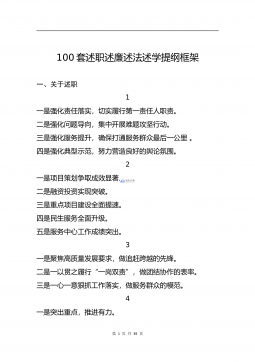
 2024-12-03 3
2024-12-03 3 -
20220106政府党组班子党史学习教育专题民主生活会“五个带头”对照检查材料VIP免费
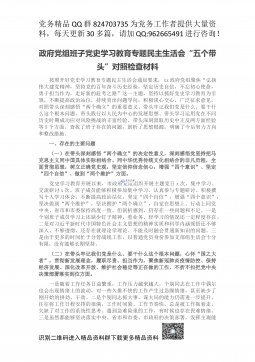
 2024-12-03 3
2024-12-03 3 -
20220106县纪委监委领导班子党史学习教育专题民主生活会对照检查材料VIP免费
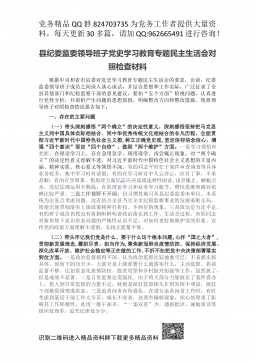
 2024-12-03 6
2024-12-03 6 -
A文秘笔杆子工作资料汇编手册(近70000字)VIP免费

 2024-12-03 3
2024-12-03 3 -
20220106县领导班子党史学习教育专题民主生活会对照检查材料VIP免费
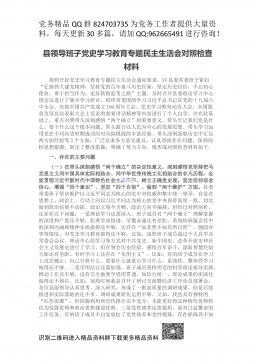
 2024-12-03 4
2024-12-03 4 -
经济开发区党工委书记管委会主任述学述职述廉述法报告VIP免费
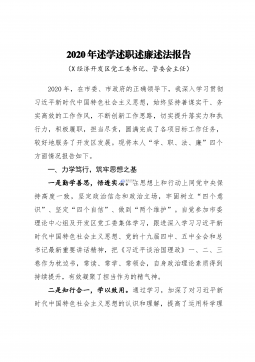
 2024-12-03 34
2024-12-03 34 -
20220106政府领导专题民主生活会五个方面对照检查材料VIP免费
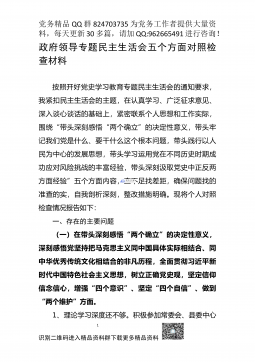
 2024-12-03 11
2024-12-03 11 -
派出所教导员述职述廉报告6篇VIP免费
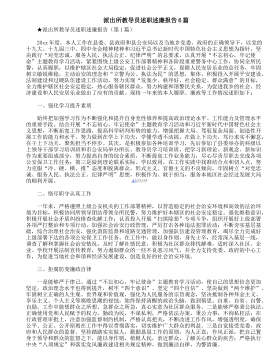
 2024-12-03 8
2024-12-03 8 -
民主生活会对县委班子及其成员批评意见清单VIP免费
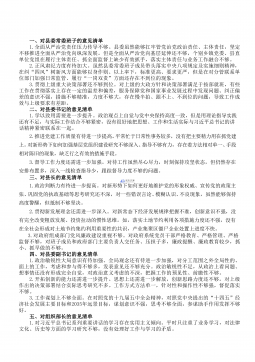
 2024-12-03 50
2024-12-03 50
分类:图书资源
价格:10玖币
属性:14 页
大小:595.06KB
格式:PDF
时间:2025-04-30


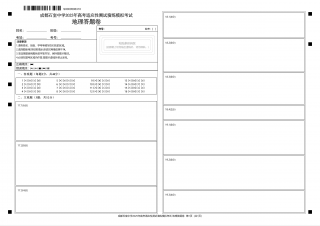
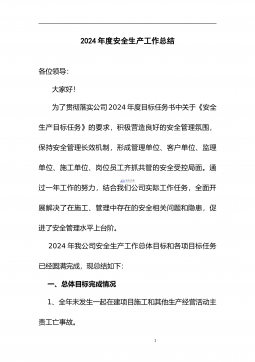
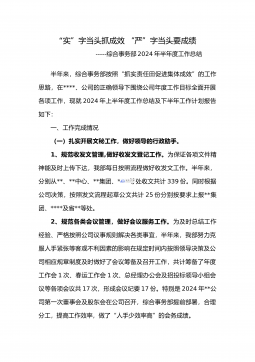
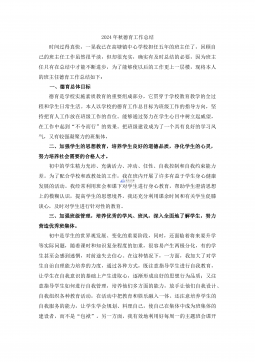
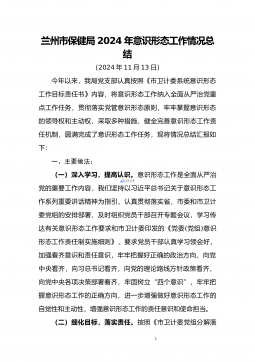
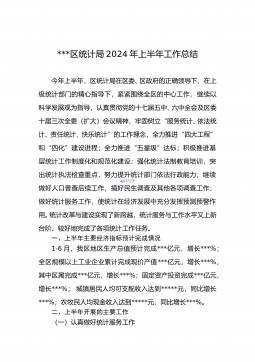
 渝公网安备50010702506394
渝公网安备50010702506394
